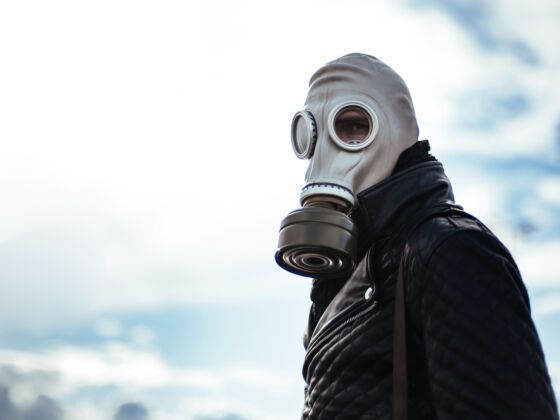Released in 2008 , When Technology Fails has quickly become the definitive guide to surviving a long-term disaster.
And yet the author, Matthew Stein , a mechanical engineer and MIT grad, had no intention of ever writing such a handbook. The idea came to him in a vision, presented in the form of “a pictorial storyboard outline, from start to finish.” He would spend the next two years researching the earth’s most prominent threats, as well as ways to combat them.
